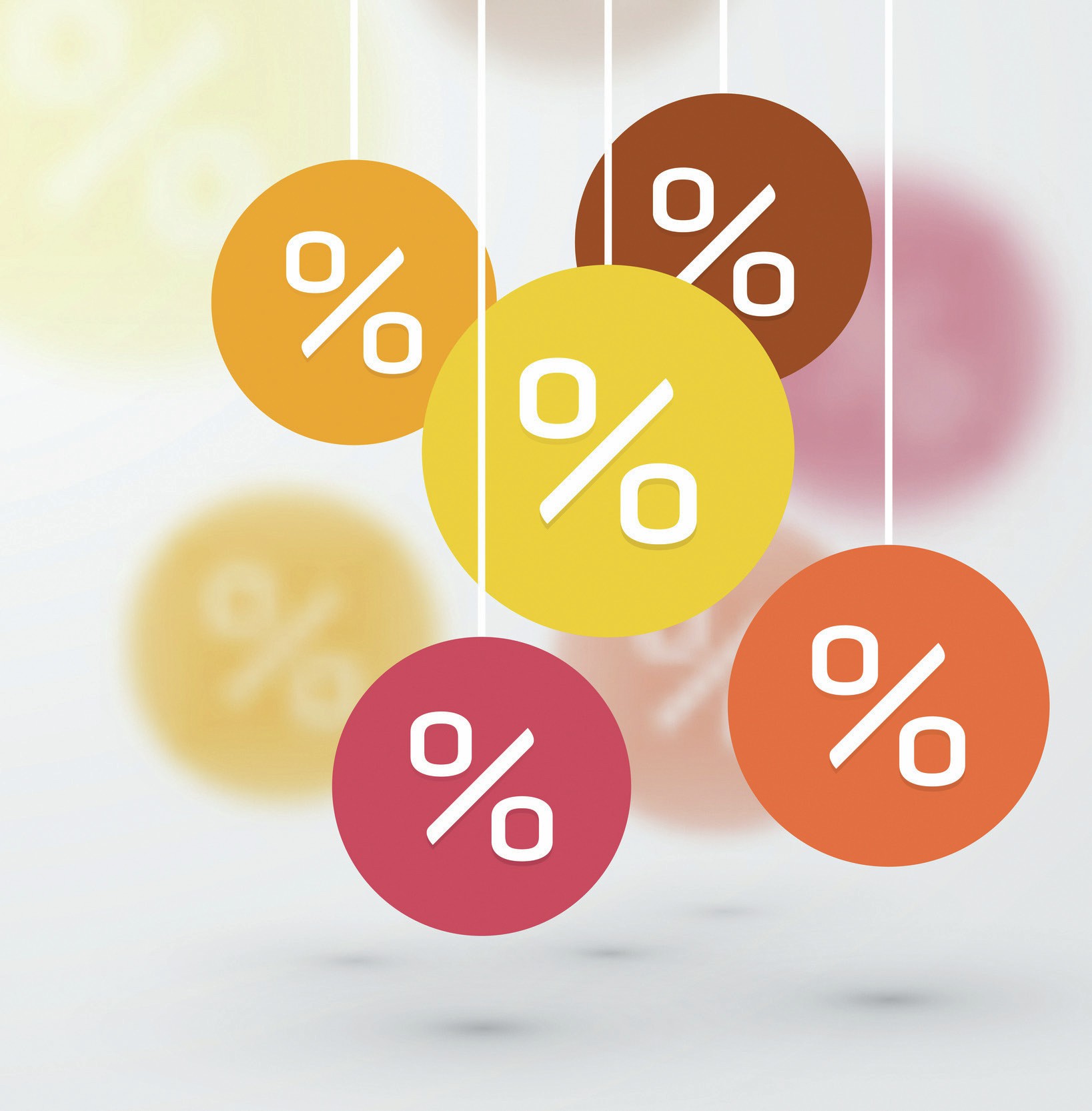
During their 2017 election campaign, the Labour Party announced proposals to make the rich pay more income tax. They claimed that this would be a fair and effective way to increase tax revenues, while critics thought that behavioural changes would mean that no additional revenue would be raised.
As things currently stand, there is a 40% income-tax rate on all incomes from £45,000 to £150,000, and a 45% rate for all incomes above £150,000. Labour proposed a 45% income-tax rate on incomes from £80,000 to £123,000, and a 50% rate on incomes over £123,000. IFS analysis indicates that Labour’s reforms would have affected 1.3 million people (the highest-earning 2% of taxpayers) and potentially raised somewhere between £0 and £4.5 billion in additional tax revenue. The range of possible values shows that this reform was subject to a large degree of uncertainty. So what exactly will determine how much is raised by an increase in the top rate of tax?
Your organisation does not have access to this article.
Sign up today to give your students the edge they need to achieve their best grades with subject expertise
Subscribe




